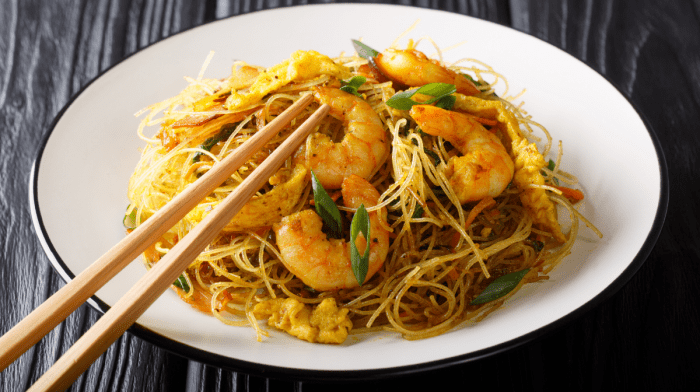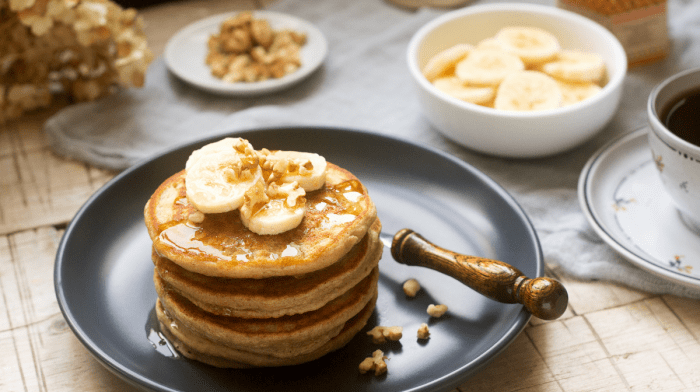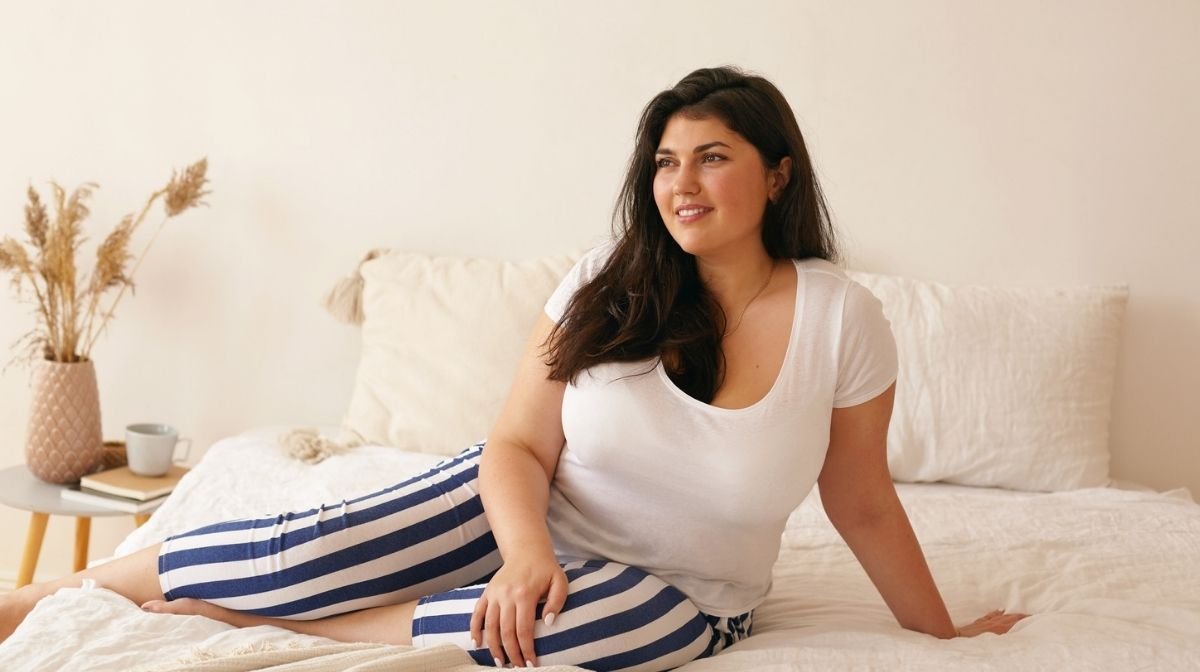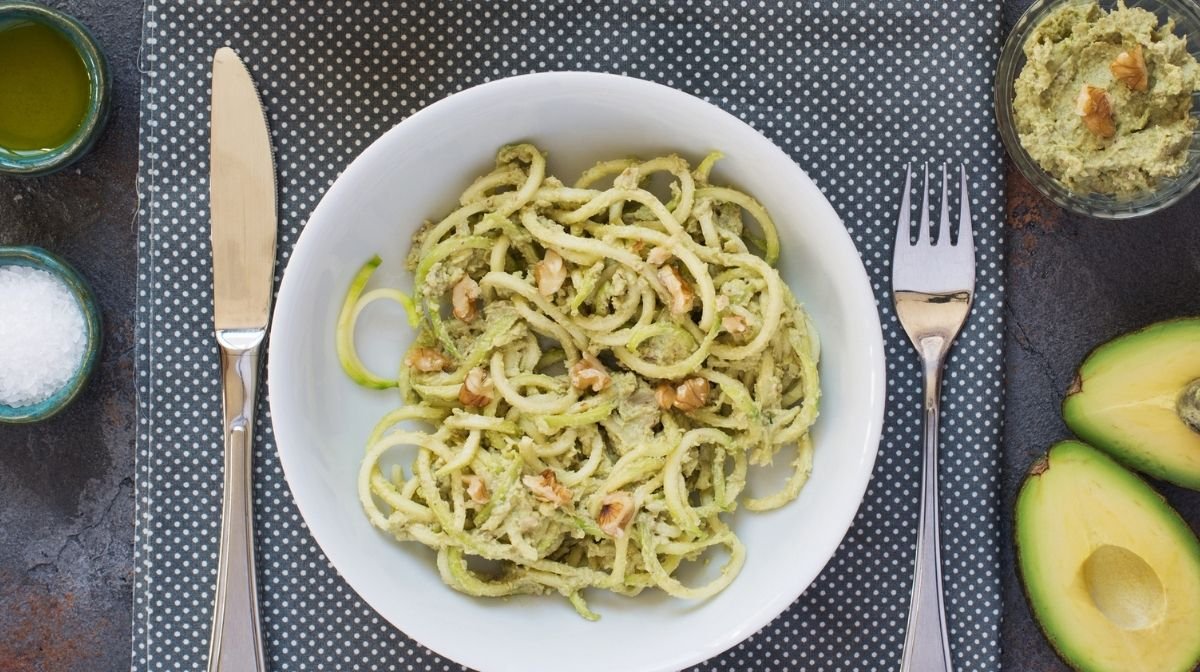Now that you’ve reached the maintenance stage of your weight loss journey, one way to help keep your shopping basket healthy is to plan your meals for the week in advance. This will help you know exactly what you will need at the supermarket.
When you’re in the supermarket, being prepared and having a list will help you resist the temptation of putting unhealthy food choices into your basket.
Here are some simple ways to plan and build a healthy shopping basket, and help you stay on track and maintain your weight loss:
1. Plan Your Weekly Menu
A great way to create a healthy shopping basket is to first plan out your meals for the week ahead. Whether you prefer to use pen and paper or a meal planning app, decide what you’d like to eat for breakfast, lunch and dinner over the coming week.
Ideally, the majority of your meals should include fresh vegetables and leafy greens. An easy way to know if you’re getting enough vegetables is to make sure they take up at least half of your plate at each meal.
If you need help planning your meals, head to Pinterest, do an online search for ‘healthy food bloggers’ or even look in our Facebook group for nutritionally optimised OPTIFAST recipes.

Low-Calorie Singapore Noodles Recipe
Learn how to make a delicious noodles dish with this easy-to-follow, low-calorie recipe.
2. Write a Shopping List
Creating a shopping list is a great way to save time and money, and stay focused while you’re shopping. By knowing your meals for the week, you can determine exactly what ingredients you’ll need to buy.
A great tip to make your supermarket trip even more efficient is to list your items in groups according to which aisle they’re located.
3. Work the Perimeter of the Shop
The outer aisles of supermarkets are often where you’ll find the most nutrient-dense whole foods, such as whole grain breads, pastas, and cereals. Processed foods tend to offer little nutritional value and are often high in sodium, sugar, unhealthy fats and preservatives. By sticking to the perimeter of the store, you may be better able to steer clear of the unhealthy foods you’re trying to resist.
Of course, there are healthy items in the middle aisles as well, particularly ingredients that round out your meals like heart-healthy nuts, olive oil, vinegar, spices and canned items. However, these are items you don’t need to buy weekly.
4. Create a Rainbow
An easy way to make sure you’re getting a variety of nutritious foods in your shopping basket is to make it as colourful as possible. Think dark leafy greens, bright red tomatoes, crunchy orange carrots, yellow bell peppers and juicy blueberries. A good tip to follow when it comes to shopping for fresh produce is to have at least four to six different colours in your basket.
The bright colours in fresh produce not only make your meals look delicious, but also provide a variety of health-promoting phytonutrients. Phytonutrients are the key antioxidant compounds in plants and can help you to keep your body well-nourished*. Fresh fruits and vegetables are also packed with vitamins and minerals, and are full of fibre to help to keep you satisfied after a meal and keep your digestive system on track.
5. Always Read the Label
It’s not only important to know what to buy, but also to know what’s in the foods you’re planning to eat.
Reading and understanding food labels can be tricky – food packaging is designed purposely to make things look incredibly appealing. Many of the claims on packages can make you think you’re buying something healthy, when in reality you’re not. For example, phrases like ‘made with real fruit’, ‘all-natural’, or ‘no added sugar’ may sound attractive, but this doesn’t tell you what is in the product.
In general, the shorter the list of ingredients, the better**. If you’re unsure of an ingredient, look it up. The more you read labels, the quicker you’ll be able to spot things you probably don’t want to be eating.
Resources:
*https://www.deannaminich.com/the-color-density-table-colorful-phytonutrients-in-common-foods/
**https://www.heartfoundation.org.nz/wellbeing/healthy-eating/how-to-read-food-labels










